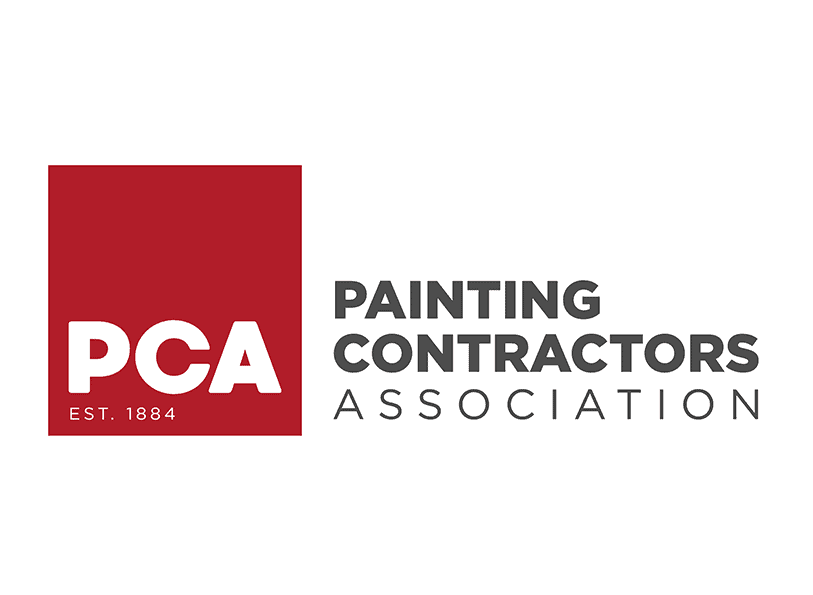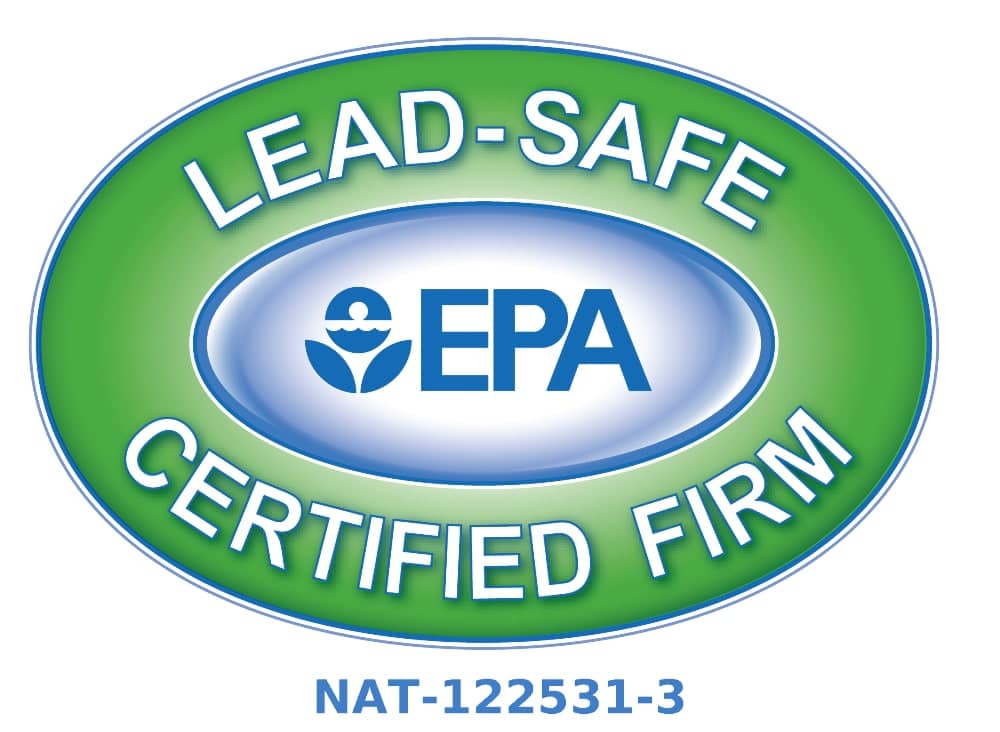
10 Sep Post-Project Care and Warranty Claims Handled by Painting Contractors in Vienna
After the Paint Dries: Warranty & Post-Project Care from Vienna, VA Painting Contractors
You picked the colors, lived through the prep, and watched the final coat go on—now what? This guide explains how post-project care and warranty support typically work with painting projects in Vienna, VA, and how to partner with your painter so the finish looks great long after cleanup. We’ll cover what’s usually covered (and what isn’t), how to submit a claim, and smart upkeep tips tailored to local conditions.
Light internal links note: we’ll occasionally link “painting contractors” to the Home Works Painting homepage, keeping link use minimal and relevant.
What “post-project care” really means
Post-project care starts the moment your crew cleans up and walks you through the results. It’s the set of practices that helps your paint cure correctly, stay clean, and resist early wear.
- Curing vs. drying: Paint may feel dry to the touch within hours, but curing can take days or weeks, depending on the product and conditions.
- Punch lists: Your painter should invite you to note any minor issues (pinholes, light roller lines) so they can be addressed quickly.
- Touch-up protocol: Keep a small labeled container of each color for future dings—stir well and use a high-quality brush for small spots.
A realistic timeline after completion
0–48 hours
- Keep windows cracked (weather permitting) or run ventilation fans to help off-gassing.
- Avoid scrubbing newly painted walls; a gentle feather-duster is fine.
Days 3–7
- Lightly reinstall the pictures and hardware—don’t over-tighten them.
- For trim and doors, expect slightly tackier surfaces; handle gently.
Days 7–14
- Minor sheen variations often even out.
- If you spot small holidays (thin areas), note them for your painter.
Day 30 and beyond
- Surfaces are typically fully cured. Spot-clean with a soft cloth and mild soap.
- Schedule any promised touch-ups once the paint has settled and the cure is complete.
What a typical workmanship warranty covers
Most reputable Vienna painting contractors offer a written warranty for their workmanship. While the exact terms vary, coverage often includes:
- Peeling, blistering, or flaking paint caused by improper surface prep or application
- Premature cracking along seams or joints where caulk failed unusually fast
- Adhesion issues on previously stable surfaces prepared by the contractor
How long? A period of one to three years is common for residential work, with clearly defined responsibilities for both the contractor and the homeowner.
What usually isn’t covered
To set fair expectations, most warranties exclude:
- Moisture intrusion from leaks, gutter failures, or plumbing issues
- Substrate movement (settling cracks, shifting drywall seams) or impact damage
- Normal wear and tear (scuffs in high-traffic areas, chair rubs)
- Neglected maintenance, such as dirty surfaces, clogged gutters, or unsealed wood
- Unknown pre-existing conditions (hidden rot, failing previous coatings)
These exclusions aren’t loopholes—they simply separate workmanship issues from environmental or structural problems outside a painter’s control.
How to submit a warranty request (step-by-step)
When something looks off, a clear and calm request helps your contractor respond quickly.
- Document the issue
- Take close-up and wide photos in good light.
- Note when the problem first appeared and any recent weather events.
- Gather your project details.s
- Address, project date, paint brand/color, room/exterior area, and finish (e.g., eggshell, semi-gloss).
- Reference your proposal/warranty document.
- Send a brief email (or online form)
- One paragraph, attached photos, and your availability for inspection.
- Subject line example: “Warranty Request – Family Room Trim – Project Completed June 2025.”
- Site visit & diagnosis
- Expect your painter to inspect the area and determine the cause, which may be due to workmanship, environmental factors, or wear.
- Plan the remedy
- Touch-up, partial repaint, or caulk/patch—as warranted.
- Get timing, prep needs, and product notes in writing.
Tip: If you need a starting point, reputable painting contractors will outline warranty steps in your closing packet or email. Keep that summary with your paint labels.
Key benefits of strong post-project support (at a glance)
| Benefit | Why it matters | What you’ll notice |
|---|---|---|
| Clear documentation | Faster decisions and fewer back-and-forths | Quick scheduling and accurate touch-ups |
| Local expertise | Knows Vienna’s humidity, pollen, and freeze–thaw cycles | Finishes hold up better through the seasons |
| Pro-grade products | Pair the right coating with the right substrate | Consistent color, better washability |
| Maintenance coaching | Prevent small issues from growing | Fewer callbacks and longer repaint cycles |
| Fair, written warranty | Removes guesswork on coverage | Confidence that if something needs attention |
Touch-ups vs. rework: knowing the difference
- Touch-ups address small scuffs, nail pops, or tiny thin spots. They’re focused and quick, using leftover paint from your project.
- Rework addresses larger issues, such as adhesion failure on an entire wall, a peeling fascia board, or recurring cracking that can be traced back to improper preparation. Rework is typically what a workmanship warranty is there to resolve.
A good contractor will explain why an issue happened and choose the right fix—not just paint over a problem area.
Vienna, VA, specifics that affect paint longevity
Vienna’s weather patterns bring warm, humid summers, spring pollen, and occasional winter freeze–thaw cycles. Here’s how that plays out:
- Exterior wood trim: Humidity and sun exposure can stress caulk lines. Expect seasonal expansion/contraction that may open small seams. Prompt re-caulking prevents moisture intrusion.
- Masonry & stucco: Hairline cracks can appear after temperature swings. Flexible coatings help bridge minor movement.
- Interior walls: In winter, drier air can reveal seams or nail pops as framing shrinks slightly. Quick patch and paint restores a smooth look.
- Entry doors & handrails: High-touch, sun-hit areas benefit from durable, UV-resistant finishes and gentle cleaning.
Local context matters, which is why choosing Vienna-based painters who understand neighborhood housing styles and materials yields smarter recommendations.
Your role in protecting the finish
A warranty works best when paired with simple homeowner habits:
- Ventilate kitchens and baths; use exhaust fans to limit moisture.
- Clean gently with a soft cloth and mild soap; avoid using magic erasers on low-sheen walls.
- Mind furniture clearance so chairs and carts don’t dig into corners or baseboards.
- Check exterior annually for peeling, open caulk, or soft wood; early fixes are faster and less expensive.
- Trim vegetation so shrubs don’t trap moisture against siding or railings.
These small steps ensure coatings continue to perform as designed.
How contractors typically approach a warranty visit
Expect a process that’s polite, tidy, and focused on root cause:
- Confirm scope at the door: areas to be inspected, estimated time on site.
- Protect surfaces again (use drop cloths and masking).
- Diagnose first, then paint: perform scraping/blade tests for adhesion, conduct moisture checks where appropriate, and apply quick spot-sanding.
- Right product, right spot: same brand, color, and sheen to match the original finish.
- Client walk-through: verify fixes in normal room lighting and at different angles.
You should feel heard, not hurried.
When a claim isn’t a warranty issue (but still needs care)
Sometimes the remedy is maintenance, not warranty:
- Moisture source: A tiny roof leak or an unsealed window can cause peeling. Fix the leak, then repaint.
- Physical damage: Dents, scrapes, or picture-hanger blowouts happen—these are normal wear items.
- Substrate failure: If hidden rot is found, the affected trim should be replaced before repainting.
A quality contractor will explain the difference and offer a clear path to restore the finish.
Smart record-keeping that pays off later
Keep a simple project file with:
- Proposal/contract and warranty language
- Color schedule: room names, color names, codes, and sheen
- Leftover paint: labeled by room with date and sheen
- Before/after photos
- Notes on any special primers or repairs used
This file speeds up replacements, touch-ups, and future projects—especially if you remodel or stage the home for sale.
Communication tips to keep everything smooth
- Be specific: “Peeling 4 inches above the baseboard behind the sofa” beats “paint’s coming off.”
- Offer time windows that align with the drying and ventilation processes.
- Clear the area before the crew arrives (furniture, pets, fragile items).
- Trust the process: Your crew may ask to let a repair dry fully before applying finish coats—patience here will improve the results.
Red flags to watch for (and why they matter)
- No written warranty or one that’s vague about terms and coverage
- “We’ll just paint over it” without surface testing or prep
- Unlabeled leftover cans (you’ll struggle to match the sheen)
- No final walk-through or punch list before closing the job
If you encounter these, request clarification in writing before signing or making the final payment.
Quick homeowner checklist
- Keep your color & sheen list handy
- Note issues with clear photos and dates
- Email a concise warranty request when needed
- Schedule touch-ups after full cure (around 30 days)
- Perform seasonal maintenance checks (exterior and interior)
Why local experience matters in Vienna, VA
Homes in Vienna range from classic colonials to newer builds with mixed substrates (wood, fiber cement, masonry). Local pros understand where sun, shade, and moisture typically cause trouble on these styles—like south-facing fascia boards or shaded, slow-drying rear decks. That knowledge shapes the right prep sequence, caulk selection, and coating choice so your finish resists wear through the shoulder seasons.
How Home Works Painting fits in
We care about what happens after the last coat dries. Expect:
- A clear close-out walk-through and touch-up plan
- Labeled leftover paint and simple care instructions
- A written workmanship warranty with straightforward next steps
- Courteous, low-disruption scheduling for any follow-ups
If you’re planning a project or need a quick review of a past one, please reach out to our team of painting contractors in Vienna, VA.
FAQs
1) How long should I wait before cleaning newly painted walls?
Allow about 30 days for full cure before wet cleaning. For dust bunnies during that time, a dry microfiber cloth or feather-duster is safest.
2) What if I see slight color or sheen differences after a week?
Minor variations often smooth out as the paint cures. If differences persist after two to three weeks, snap photos and send a note—your contractor can assess whether a quick touch-up is appropriate.
3) My exterior trim is cracking at the seams—warranty or maintenance?
If the crack follows a caulk line exposed to sunlight and seasonal movement, it’s often a maintenance issue. If adhesion fails on a properly prepped area within the warranty term, that may be covered. Your contractor will diagnose the cause.
4) Can I use leftover paint from the can for touch-ups months later?
Yes—if it’s been sealed well, stored indoors, and stirred thoroughly. Test in an inconspicuous spot first; if a sheen mismatch shows, a small panel-to-panel repaint may blend better.
5) What’s the fastest way to submit a warranty request?
Email with three items: clear photos, your project details (address, date, room/area), and your availability for a brief site visit. Keep it short and specific to speed scheduling.
Final word
With the right habits and a fair, written warranty, you’ll get a finish that stands up to Vienna’s seasons and everyday life. And if something needs a second look, dependable painting contractors will make the process straightforward—so you can enjoy your refreshed space without worrying about it.

Mike Katounas is the owner of Home Works Painting, a painting business in Northern Virginia. He has over 15 years of experience in residential interior and exterior painting, drywall installation/repair, carpentry, wallpaper removal, power washing, commercial painting, color consultation, and staining/sealing. Their service areas include Chantilly, Fairfax, Herndon, Oakton, Reston. Mike takes pride in his work, and he always follows a strict code of conduct that includes the use of quality paint, a clean workspace, and an honest, respectful approach to his customers.












Sorry, the comment form is closed at this time.